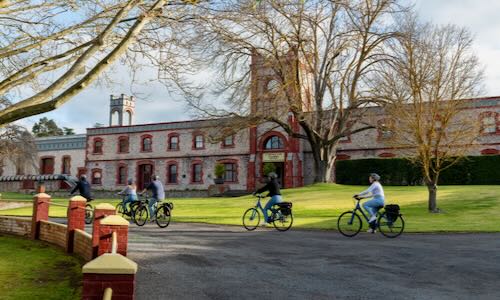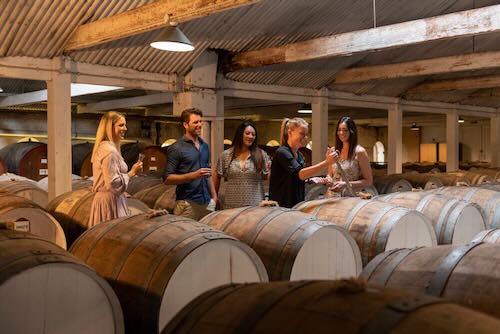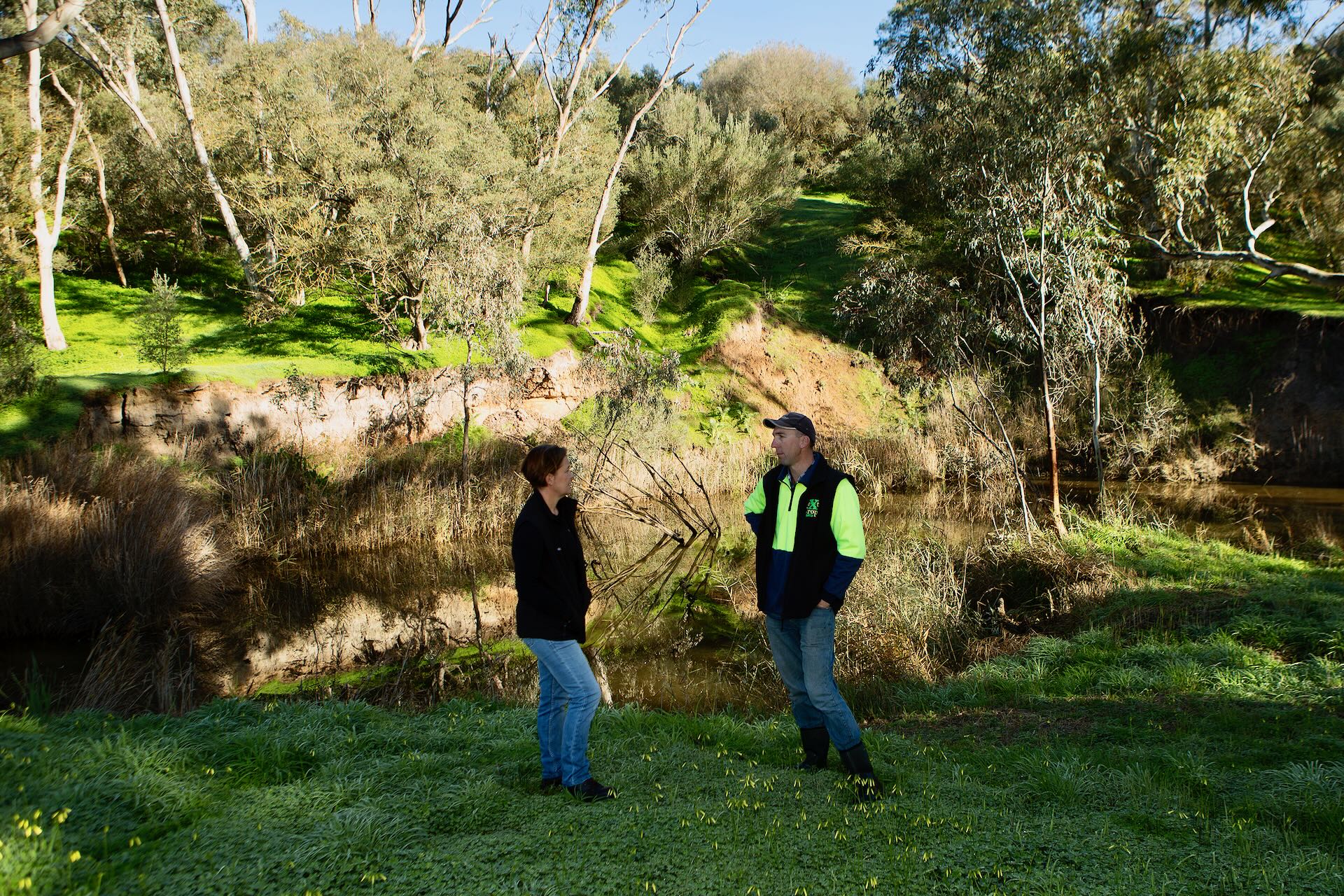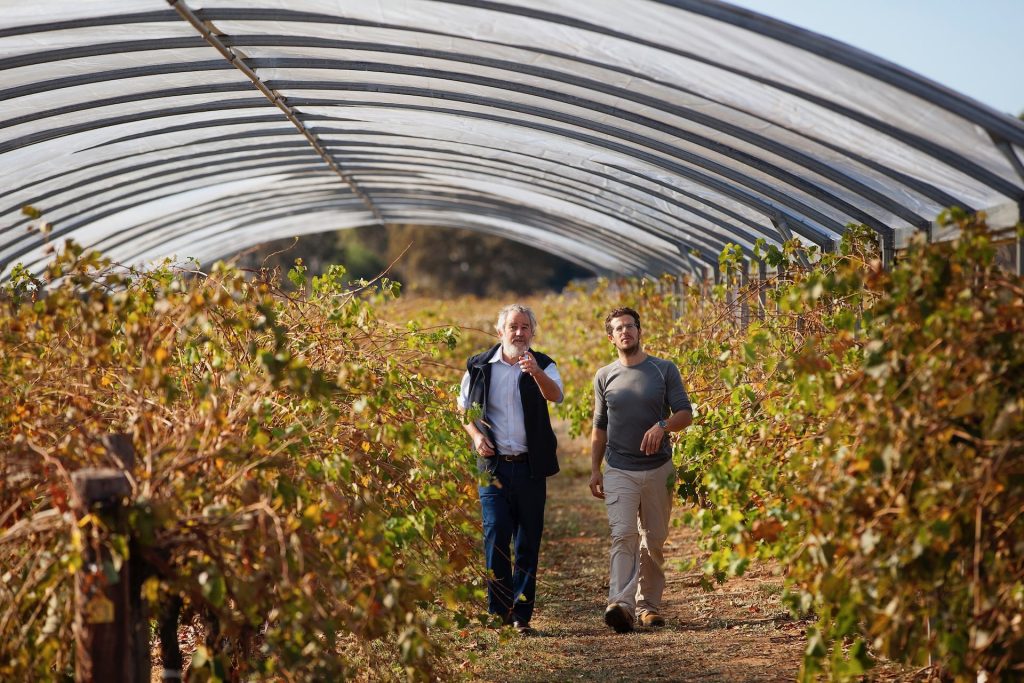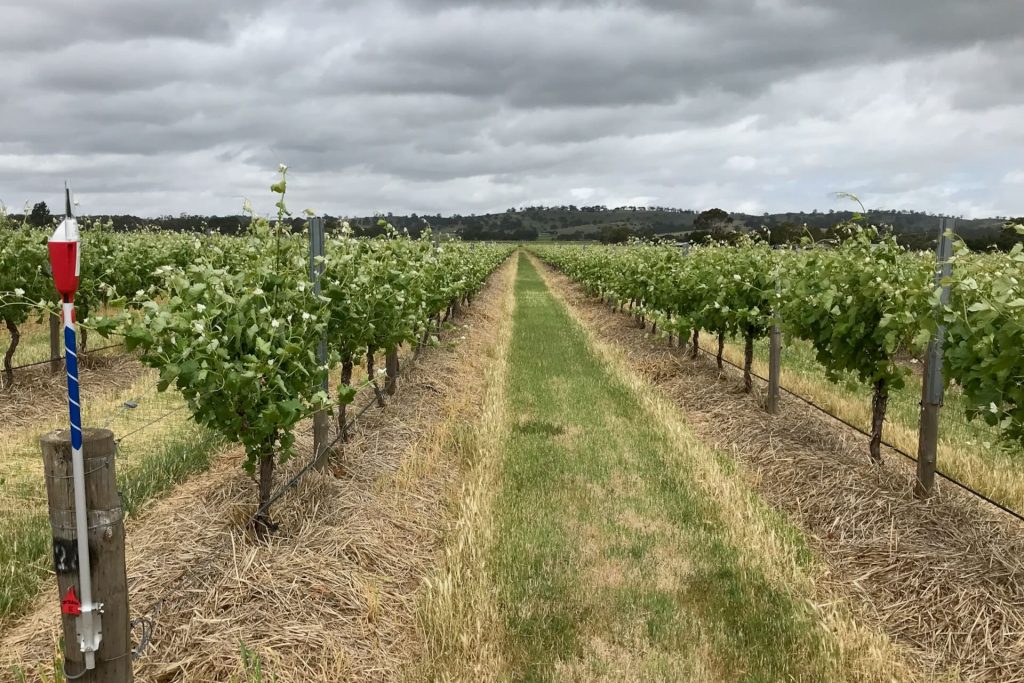Through the Barossa Australia strategy, a series of environmental initiatives is helping to future-proof the region—protecting its soils, conserving water, and increasing biodiversity to create healthier, more sustainable landscapes.
By encouraging native grass establishment and land revegetation, growers are strengthening their vineyards against rising temperatures, lower rainfall, and extreme weather. These nature-based solutions don’t just improve resilience; they enhance soil health, reduce erosion, and support biodiversity, making Barossa’s vineyards more adaptable and vibrant.
According to the Regional Development Australia – Barossa Region Climate Change Adaptation Plan, the stakes are clear:
- By 2030, temperatures will rise by 0.6° to 1.0°C (and by 1.5° to 2.0°C by 2070).
- Heatwaves will become more frequent and intense.
- Annual rainfall will decline by 2 to 5% by 2030 (and by 10 to 20% by 2070).
In response, best-practice viticulture is evolving. Growers are refining irrigation management, weather forecasting, and water conservation strategies, while vineyard techniques like mulching, canopy management, drought-tolerant rootstocks, and protective treatments are helping mitigate climate extremes.
By embracing these innovations today, Barossa’s wine community is securing the region’s future – ensuring the vineyards, wines, and landscapes that define Barossa continue to flourish.




